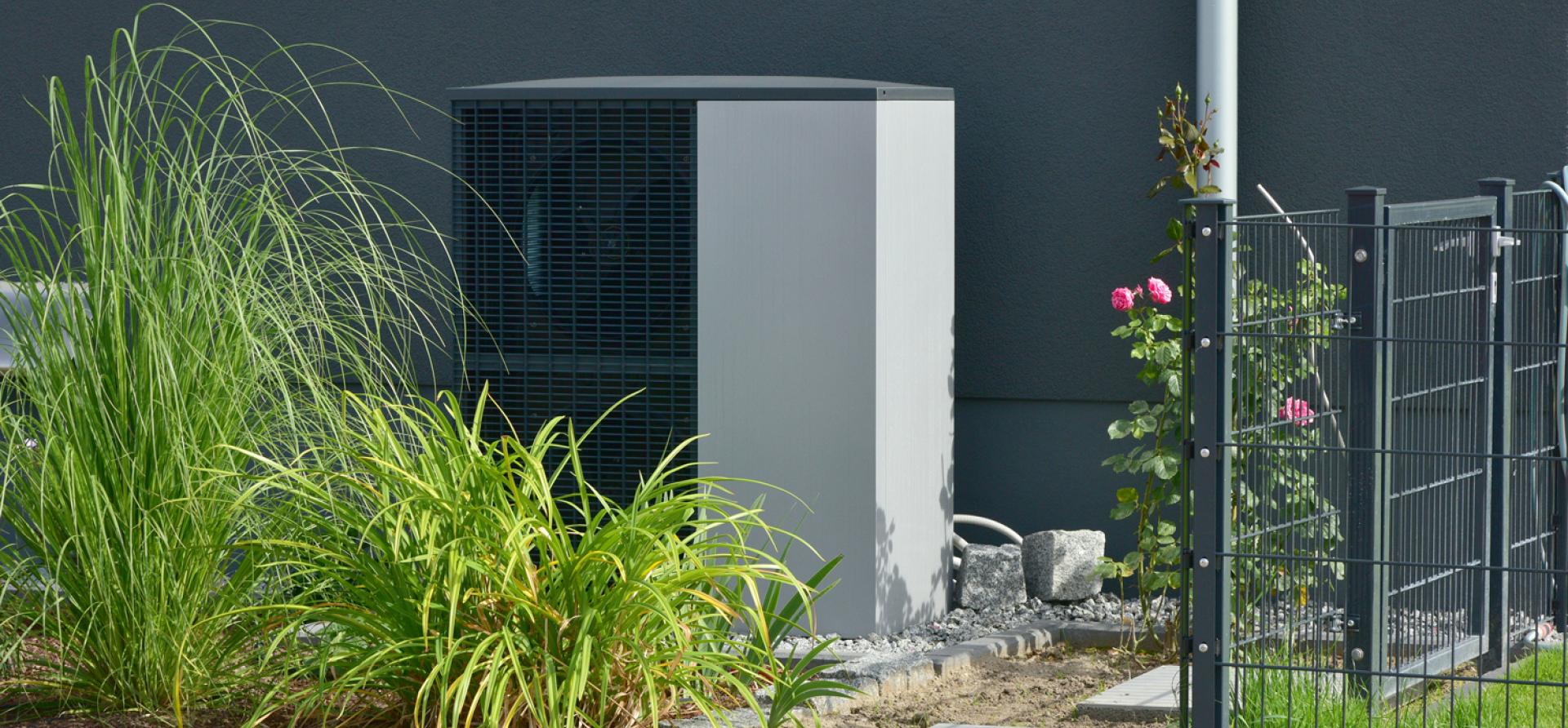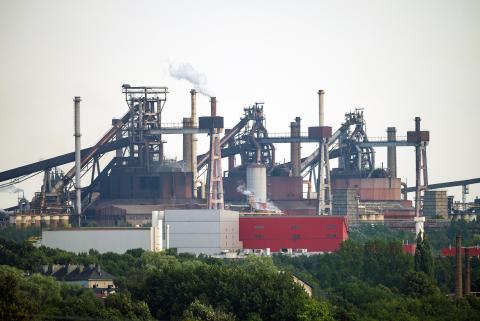Tasmania could cut its energy bills by prioritising household efficiency and exports to the mainland

Key Findings
Electricity imports and exports to the mainland already deliver a financial benefit for Tasmania, which can import cheap electricity and export high-priced electricity.
Electricity trading could be optimised by improving the energy efficiency of buildings in Tasmania, using batteries in Victoria to help maximise the use of Basslink, and ensuring market rules appropriately reward Tasmania for the services it provides.
Moving to highly efficient appliances could save Tasmanian $146 million each year in unnecessary lifetime costs.
In the Tasmanian state elections on 23 March, there was a lot of discussion on the need to reduce household energy bills. One proposal to achieve cost reductions involved refocusing Tasmania’s hydroelectricity generation towards local use, rather than energy exports to Australia’s mainland.
However, recent IEEFA research suggests that imports and exports to the mainland can actually deliver a financial benefit for Tasmania, and that some of the most cost-effective ways to reduce energy costs for Tasmanians would instead be to invest in energy efficiency upgrades, such as high-efficiency home appliances.
Increasing electricity imports and exports offers profitable opportunities
Tasmania is already benefiting from electricity trading with the mainland using its existing Basslink interconnector, which allows it to generate more value from its hydrogeneration assets. Government-owned corporation Hydro Tasmania can import electricity when prices are negative or low instead of using hydroelectricity, leaving more water stored in dams. When prices are high, this stored water can be used to generate electricity for export as well as local use. Basically, this uses stored water as a battery – like ‘pumped hydro’ but without the energy and cost of pumping water uphill – generating returns that can be passed back to Tasmanian taxpayers.
These benefits would increase as the renewable transition progresses. Indeed, Tasmania is well placed to profitably provide seasonal electricity storage for Victoria – importing excess solar generation in summer at negative prices, and exporting high-priced electricity in winter when the mainland is experiencing higher demand and lower renewable generation.
This would benefit Tasmania’s energy system as well. In summer, lower rainfall limits the generation capacity of the smaller dams and weirs, which can be compensated by cheap electricity imports from the mainland. In the last quarter of 2023, Victorian wholesale prices were negative or at zero for 29% of the time, largely due to excess solar generation in the middle of the day. It typically rains nearly twice as much in winter than in summer, and smaller hydro generation systems may have to allow spillage when there is insufficient local demand for hydroelectricity. Instead, exports to the mainland provide a high-value use for the electricity generated.
IEEFA’s report found that these benefits could be increased though a range of strategies to make the most of existing assets. These include:
- Improving the energy efficiency of Tasmanian buildings and appliances: this cuts energy bills, improves health, and frees up hydro generation by leaving more water and transmission capacity available for profitable exports.
- Building mainland batteries as ‘virtual transmission’ to optimise the utilisation of Basslink.
- Working with energy agencies and governments to ensure that the energy market rules appropriately reward the services provided to the mainland by Tasmania.
Batteries installed in Victoria could store negative- or low-priced mainland electricity, and transmit it when Basslink is not in use to increase cheap imports to Tasmania. They could also store electricity from Tasmania to be sold at times of higher prices to the mainland.
They could also help to increase the profitable utilisation of the Basslink cable. If Basslink was used at full capacity, half for imports and half for exports, high-value exports could be doubled. Imports would only increase marginally, but their average cost could be reduced.
Financial incentives already exist to drive imports from and exports to the mainland; however, it is not clear whether they are sufficient to optimise the opportunity. For example, recent analysis suggests that the incentives are insufficient to support longer-duration storage. In addition, coordination by key stakeholders would be required to deliver those opportunities, which might require new arrangements.
Beyond existing assets, the Tasmanian government and Hydro Tasmania have developed an ambitious ‘Battery of a Nation’ project. This involves expansion of wind energy, enhanced flexibility for management of some water storage and generation, and the proposed Marinus Link interconnector to Victoria.
IEEFA recognises that aspects of this project are under debate and may have significant environmental, social and economic implications. We note that expanded wind generation and interconnection with the mainland could increase the net Tasmanian financial returns from interaction with the mainland electricity system, while helping to maintain reliable local electricity supply. We have not explored the overall economics and impacts of this expansion.
Energy efficiency could slash household energy bills
Energy efficiency improvements could help free up hydroelectricity for profitable exports. But most importantly, it can deliver a range of benefits for Tasmanians, including reduced and less variable energy costs, and improved comfort, health and wellbeing.
Despite having cheaper electricity than most other states, Tasmanians have higher electricity bills. This is in large part driven by high energy requirements for heating buildings. Tasmanian homes are often old and have poor thermal efficiency, and alongside wood heating, Tasmanians mostly rely on inefficient resistive electric appliances for heating and water heating. A small proportion of households also use gas or liquefied petroleum gas (LPG) for heating, which is much more expensive than using efficient electric appliances.
Inefficient electric and gas appliances cost less to purchase, but incur much higher energy costs over their lifetime than efficient electric appliances. By contract, efficient heat-pump based appliances consume less than a third of the energy used by resistive electric or gas appliances.
Around 43,000 inefficient electric or gas appliances are sold each year in Tasmania. IEEFA calculated that these appliances are costing Tasmanians an unnecessary $146m in lifetime costs. This is the cost of each year of delay in mandating efficient electric appliances in Tasmania.
Total lifetime savings per year for Tasmanians from efficient electric appliances

Significant savings could also be achieved by improving buildings’ thermal efficiency. Detached homes with timber framing, the most common homes in Tasmania, present the most cost-effective opportunity to improve insulation and draft proofing. Large opportunities also likely exist to improve energy productivity in commercial buildings.
Increasing energy efficiency of Tasmanian buildings can free up more hydroelectricity to be exported to the mainland, generating profits for the shareholders of Hydro Tasmania – the Tasmanian public. The Tasmanian government could consider using these profits to provide financial incentives to households and businesses for energy efficiency upgrades. This would provide a win-win for the Tasmanian government and energy consumers.
Tasmania has large opportunities to reduce household energy costs by improving the efficiency of its appliances and buildings. It also has a unique opportunity to gain material financial benefits from trading electricity with the mainland, while also supporting Australia’s renewable electricity transition and reducing carbon emissions.













